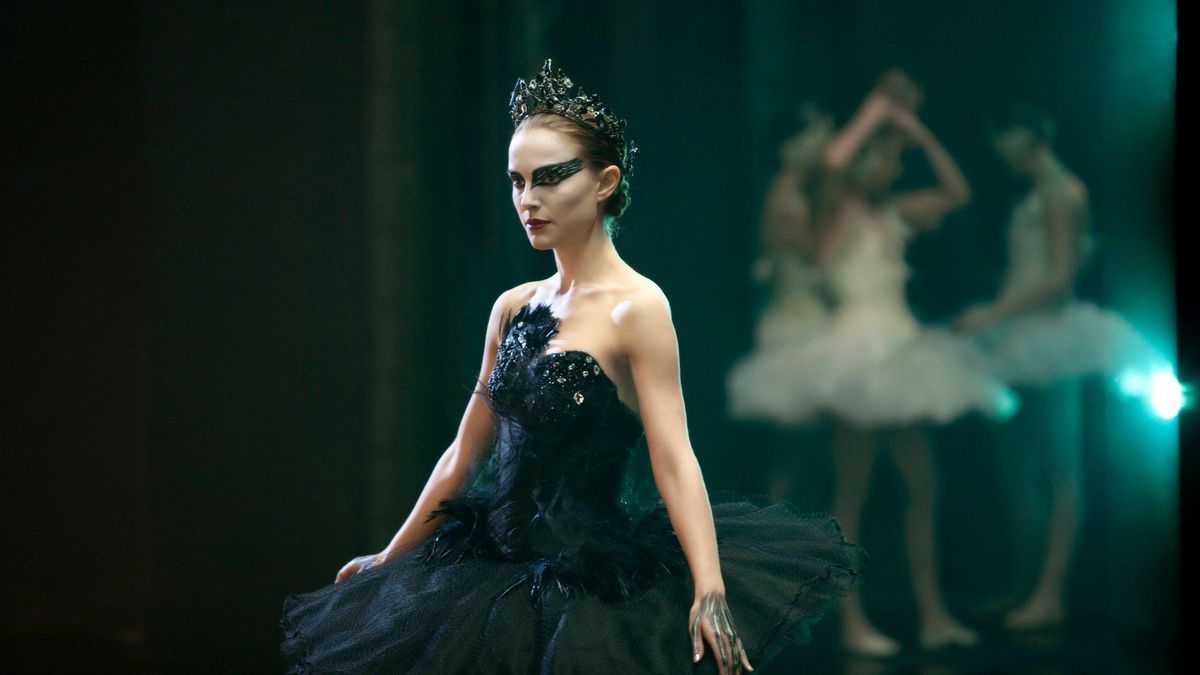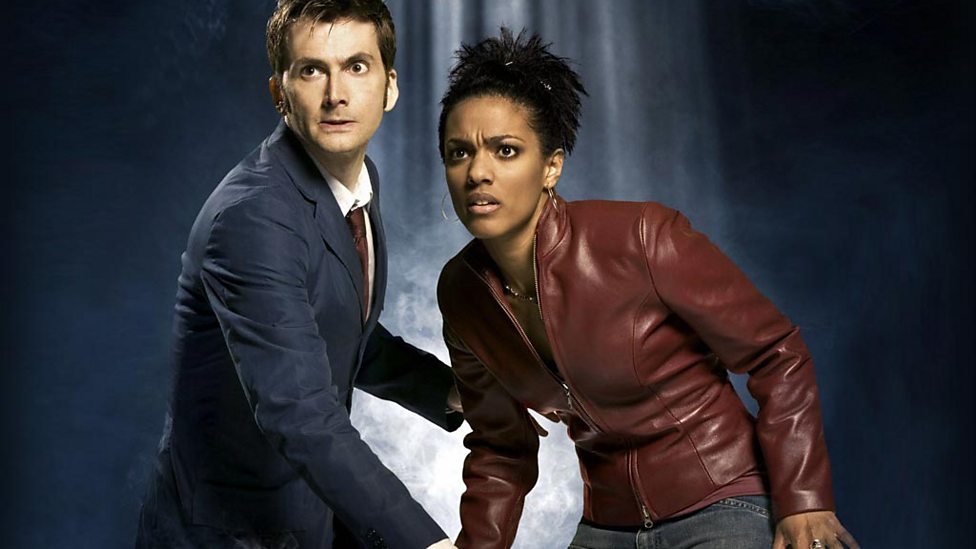Saturday, 30 September 2017
My Creative Journey, September 30th
Throughout September I have been conducting detailed research into existing products and the qualities a music video must have. I have learnt that there are many different types of narrative that my music video could have. In want my music video to have an element of performance and a narrative element as it is conventional of the genre. Whilst analysing other music videos I have learnt that if the song changes tempo the speed of the cuts change throughout. The song my video will be performed to increases in tempo until again calming at the end, this means my style of editing must change as the video goes on. Also I've learnt that colour in music videos are important and can show representation. I want my music video to be colourful to show happiness and to represent the gay rights flag.
Thursday, 28 September 2017
Wednesday, 27 September 2017
Tuesday, 26 September 2017
Production Schedule
September 2017
|
During September I will research into existing products to
begin the development for my own project.
|
September 2017
|
I will storyboard my music video to ensure I know what to
film shot for shot.
|
10th October 2017
|
Begin filming for my music video on locations in Birmingham
and Tamworth.
|
11th October 2017
|
Resume filming in Tamworth locations.
|
15th October
|
Research into existing print products.
|
20th October
|
Pitch my music video and begin editing my footage for my
music video.
|
20th November
|
Create my own print products.
|
Monday, 25 September 2017
Andrew Goodwin and his Music Video Narrative Theory
Music Video Narrative
Andrew Goodwin’s three theories of narrative structure in
music videos:
Illustration:
The illustration theory is when the lyrics of a song are
directly acted out or shown in the music video. This is often used in pop music
in which they have a high-performance element and large elements of choreography
and dance. An example of a music video using the illustration theory is Beyoncé,
If I Were A Boy. The narrative follows the life of the artist as if she were to
live as a man often coinciding with the lyrics directly.
Amplification:
The amplification theory often finds a deeper meaning to the
lyrics of the song and acting out or displaying them in the narrative. These music
videos often have an artistic element. They often try to emphasise the lyrics
instead of showing them directly. An example of this is Telephone by Lady Gaga,
this video has a high-performance element but begins to form a narrative around
the artist being imprisoned. This displays the artists belief of being trapped
in a controlling relationship although the lyrics never say this directly as it
is an upbeat pop song but a serious subject.
Disjuncture:
The disjuncture theory shows a completely unrelated narrative
to the lyrics of the song. This is often used in indie/ alternative music
videos to give light to a current social or moral debate. An example of a music
video using the disjuncture theory is The 1975, A Change Of Heart. The lyrics
of the song discusses emotionally the beginnings and demise of a relationship.
Along with this in the video we see two clowns dancing at a fair ground.
Sunday, 17 September 2017
Narrative Theorists
Narrative Structure and Theory
Vladimir Propp
Vladimir Propp was a Russian literary critic and theorist. He
founded the theory that all characters can be fit into ever narrative based on
their specific roles. He did this by analysing 100s of Russian fairy tales in
the 1920s. His theory has shaped many writers and producers who fit their
narratives to his theory. Propp suggested there are eight character types in
evert narratives, these are:
·
The villain- opposition to the hero.
·
The dispatcher- sends the hero on his quest and makes
the villain known.
·
The helper- helps the hero in his quest.
·
The princess/ prize- often to be rescued at the end of
the quest by the hero. Villain usually stands in the way of the hero’s prize.
·
Her Father- gives the task to the hero, often sought
to for guidance through the narrative.
·
The donor- Gives the hero help/ magical object.
·
The hero- sent on the quest and saves the princess.
·
False hero- takes credit for the hero’s actions.
Appling the theory to a modern narrative- The Hunger Games
·
The hero- Katniss Everdeen
·
The villain- President Snow and the government
·
The donor- Haymitch who provides Katniss with physical
things to help her in the Hunger games
·
The helper- Peter joins Katniss on her journey and
aids her to victory
·
The princess- there are two different theories about
who could be the princess in the Hunger Games. One is that it is Katniss’s
sister who she takes her place in the games. The other is that by saving
herself she is the princess
·
The dispatcher- Also has multiples theories. President
snow can be seen has the dispatcher as he arranges the games. Other believe
maybe it is district 13 who are the reason for the games. Also Katniss’s sister
who Katniss replaced in the games
·
The false hero is ignored in this narrative but
replaced by many false villains
Tzvetan Todorov
Todorov is a Bulgarian literary theorist who suggests that
all narrative can be fit into a structure of five parts based around
equilibrium. This model can be applied to a wide range of texts and narratives
over time.
1. Equilibrium-
most characters are happy and content
2. A
disruption- something will disrupt the equilibrium of the narrative
3. Realisation-
chaotic part of the narrative in which everyone addresses the problem
4. Restored
order- the characters attempt to repair the damage made in the disruption
5. Equilibrium-
Normality is restored again
Appling the theory to a modern narrative- The Simpsons Movie
1. The
Simpsons family are carrying on with family life and Homor is doing chores.
2. Springfield
is put into a dome and Homor buys a pig.
3. The
Simpsons family are forced to move out of Springfield.
4. The
Simpsons family return to Springfield to save them.
5. The
Simpsons save Springfield and the dome is blown away.
Roland Barthes
Barthes was a French semiologist, he created many theories
used in the media industry. His narrative theory suggests that films have five
different codes to help the reader understand it.
1. The
Hermeneutic/ Enigma code- The narrative does not tell the full story but gives
clues throughout to create mystery.
2. The
Proairetic/ Action code- cumulative actions to create a plot.
3. Semantic
code- By way of connotation additional meaning is added to the plot.
4. Symbolic
code- Uses contrast to (similar to semantic code) show greater meaning to the
narrative.
5. Cultural
code- uses a certain sector of society for the audience to recognise.
Appling the theory to modern narrative
1.
Hermeneutic code- Reservoir Dogs, uses its non-linear
narrative to unveil a series of mysteries.
2. Proairetic code-
Hitchcock builds tension using scenes of action in films like Psycho and Rope.
3. Semantic
code- This is used in Frozen when Elsa runs away suggesting she feels separate
to everyone else.
4. Symbolic
code- The mask is used in the film Scream as a symbol of danger, when the
audience see’s this they know to expect bad things to happen.
5. Cultural
code- An example being Goodfellas showing the culture of gang life.
Clause Levi-Strauss
Levi-Strauss studies myths of tribal cultures and studies how
the myths had morals of the culture. He expressed these in the form of binary
oppositions and they have been researched by modern media theorists. Some
common binary oppositions are:
1. Good/ Evil
2. Male/
Female
3. Democracy/
Dictatorship
4. Young/ Old
5. Peace/ War
Appling the theory to modern narrative- Harry Potter
1.
Good/ Evil
2.
Young/ Old
3.
Muggle/ Wizard
4.
Innocence/ Corruption
5.
Life/ Death
Thursday, 14 September 2017
Narrative Structure
Open Narrative:
An open narrative is one in which still leaves questions at
the end of the narrative. Open narratives are usually in chronological order
however throughout have no foreseeable ending and lots of characters. A common
example of an open narrative is soap opera such as Coronation Street or
EastEnders. An example of open narrative in film is Black Swan (2010) in which
we are left not knowing whether Nina is dead or alive.

Closed Narrative:
Linear Narrative:
Non-linear Narrative:
Realist Narrative:
Anti-realist Narrative:

Subscribe to:
Posts (Atom)
Evaluation 4- How did you use media technologies in the contruction and research, planning and evaluation stages?
To conduct research into my artist and other music videos I used the search engine google. To find other music videos to inspire my own and ...

-
The 1975- The Sound Analysis The Sound was the fourth single from the album I Like It When You Sleep, For You Are So Beautiful Yet...
-
To conduct research into my artist and other music videos I used the search engine google. To find other music videos to inspire my own and ...
-
Foo Fighters- The Pretender Analysis The Pretender was released August 21 st 2007 by American alternative rock band Foo Fighters. ...





